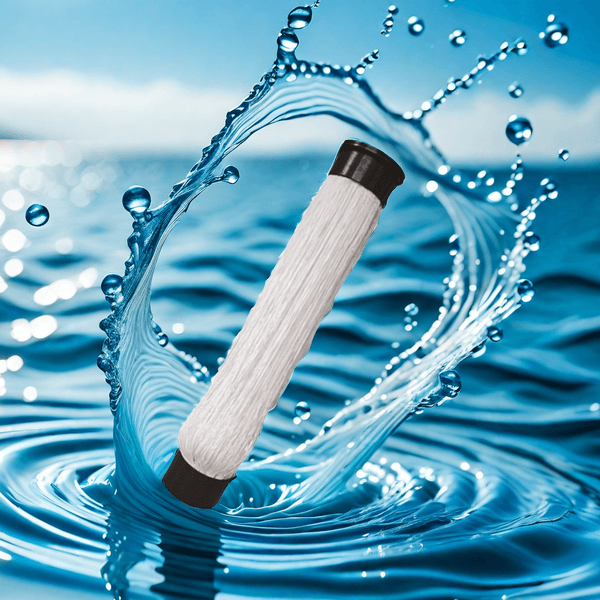The applicable water quality range and application advantages of MBR membrane technology
Membrane bioreactor (MBR) technology, as an advanced wastewater treatment method, has shown unique advantages in various water quality treatments. This article will explore in detail the water quality types suitable for MBR membrane treatment, as well as the advantages of MBR technology in different application scenarios.
Water quality types suitable for MBR membrane treatment
1. Municipal domestic sewage
MBR technology is particularly suitable for treating municipal domestic sewage. The characteristics of this type of water quality are moderate organic matter content and good biodegradability. The MBR system can effectively remove pollutants such as COD, BOD, ammonia nitrogen, etc. The effluent quality is stable and can directly meet the reuse standards.
2. Industrial wastewater
Food processing wastewater: containing a large amount of organic matter and suspended solids, MBR can effectively remove them.
Textile printing and dyeing wastewater: with high chromaticity and complex organic matter, MBR combined with other pre-treatment can achieve efficient treatment.
Pharmaceutical wastewater: containing recalcitrant organic compounds, MBR long sludge age operation can improve treatment efficiency.
3. Agricultural non-point source sewage
MBR technology can effectively treat nutrients such as nitrogen and phosphorus in agricultural non-point source wastewater, preventing eutrophication of water bodies.
4. Sewage from scenic spots and resorts
The water volume fluctuates greatly, the water quality requirements are high, and the MBR system occupies a small area. The effluent can be directly reused for landscape or greening.
5. Hospital wastewater
The efficient interception effect of MBR membrane, which contains pathogens and drug residues, ensures the safety of effluent.

The advantages of MBR technology in different water quality treatments
1. The effluent quality is good and stable
The MBR membrane has a small pore size (0.1-0.4 μ m) and can effectively retain suspended solids, bacteria, and macromolecular organic matter, ensuring stable effluent quality.
2. Strong resistance to impact loads
High concentration activated sludge (MLSS 8000-12000mg/L) enables the system to have strong buffering capacity and adapt to water quality fluctuations.
3. Small footprint
No need for secondary sedimentation tank, compact system, especially suitable for renovation and space limited scenarios.
4. Low sludge production
Long sludge age operation (20-40 days) to reduce residual sludge production.
5. Can achieve water resource reuse
The effluent has good water quality and can be directly used for industrial cooling, green irrigation, etc., achieving water resource recycling.
6. High degree of automation
Easy to operate and maintain, suitable for decentralized sewage treatment.
Application precautions
1. Pre treatment of incoming water:
For high concentrations or special pollutants, appropriate pretreatment is required, such as chemical precipitation, advanced oxidation, etc.
2. Membrane fouling control:
Optimize operating parameters, regularly clean, and extend the service life of the membrane.
3. Energy consumption optimization:
Choose an efficient aeration system, control membrane flux reasonably, and reduce operating costs.
4. Water quality monitoring:
Real time monitoring of key indicators such as COD, ammonia nitrogen, total phosphorus, etc. to ensure treatment effectiveness.
